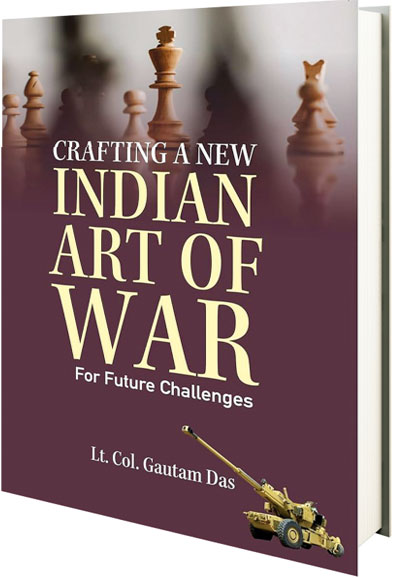Towards a New Strategy
Relying on the bravery of the soldier is desperation, not warfighting. An extract
Lt Col Gautam Das

Independent India has not yet evolved any functional style of command which is uniquely its own, but is continuing to stay with the British-era Indian Army system, relying almost entirely on the effectiveness of its infantry battalions and armoured regiments, and the quality and capability of their commanding officers during the battle. This, in fact, effectively boils down to the rifle company commanders of the infantry, and the squadron commanders of the tank regiments fighting the Indian Army’s battles, as we have seen, for example, in the battle of Daruchhian (1971). With the old British-type officer ethos gradually eroding due to changes in society, affecting both the quality and the outlook of the officer cadre, as well as the improvement in the educational standard and the more modern outlook of the enlisted men, this is not necessarily the best route to continue to follow.
However, there is no surviving traditional Indian style or pre-British style of military leadership any more. The only styles of military leadership in the public mind are those of the mindless cavalry c
Subscribe To Force
Fuel Fearless Journalism with Your Yearly Subscription
SUBSCRIBE NOW
We don’t tell you how to do your job…
But we put the environment in which you do your job in perspective, so that when you step out you do so with the complete picture.







